Specifications and parameters of LEDs
There are many LEDs of different shapes, sizes, powers. However, each LED always is semiconductor device, which is based on the passage of current through the p-n junction in the forward direction, causing optical emission (visible light).
In principle, all LEDs are characterized by a number of specific technical characteristics, electrical and light, which we will talk about later. You can find these characteristics in the data sheet (in the technical documentation) for the LED.
The electrical characteristics are: forward current, forward voltage drop, maximum reverse voltage, maximum power dissipation, current-voltage characteristic. The parameters of the light are: luminous flux, luminous intensity, scattering angle, color (or wavelength), color temperature, luminous efficiency.
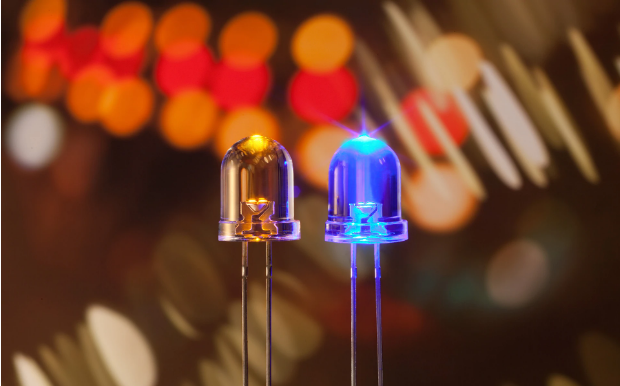 Forward rated current (If — forward current)
Forward rated current (If — forward current)
The rated forward current is the current when it passes through this LED in the forward direction, the manufacturer guarantees the passport light parameters of this light source.In other words, this is the operating current of the LED, at which the LED will definitely not burn out and will be able to work normally throughout its service life. Under these conditions, the pn junction will not be broken down and will not overheat.
In addition to the rated current, there is such a parameter as the peak forward current (Ifp — peak forward current) — the maximum current that can be passed through the transition only by pulses of 100 μs duration with a duty cycle of no more than DC = 0.1 (see datasheet for exact data) … In theory, the maximum current is the limiting current that the crystal can only handle for a short time.
In practice, the value of the nominal forward current depends on the size of the crystal, on the type of semiconductor and varies from a few microamperes to tens of milliamperes (even more for LED assemblies of the COB type).
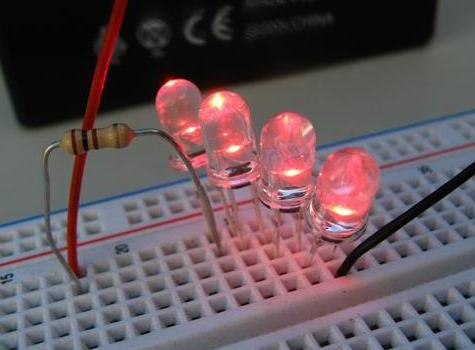
Continuous Voltage Drop (Vf — Forward Voltage)
A sustained voltage drop across the pn junction causing the rated current of the LED. A voltage is applied to the LED so that the anode is at a positive potential with respect to the cathode. Depending on the chemical composition of the semiconductor, the wavelength of the optical radiation, the direct voltage drops across the junction also differ.
By the way, by the direct voltage drop you can determine semiconductor chemistry… And here are the approximate forward voltage drop ranges for different wavelengths (LED light colors):
-
Infrared gallium arsenide LEDs with wavelengths above 760 nm have a characteristic voltage drop of less than 1.9 V.
-
Red (eg gallium phosphide — 610 nm to 760 nm) — 1.63 to 2.03 V.
-
Orange (gallium phosphide — from 590 to 610 nm) — from 2.03 to 2.1 V.
-
Yellow (gallium phosphide, 570 to 590 nm) — 2.1 to 2.18 V.
-
Green (gallium phosphide, 500 to 570 nm) — 1.9 to 4 V.
-
Blue (zinc selenide, 450 to 500 nm) — 2.48 to 3.7 V.
-
Violet (indium gallium nitride, 400 to 450 nm) — 2.76 to 4 V.
-
Ultraviolet (boron nitride, 215 nm) — 3.1 to 4.4 V.
-
White (blue or purple with phosphor) — about 3.5 V.
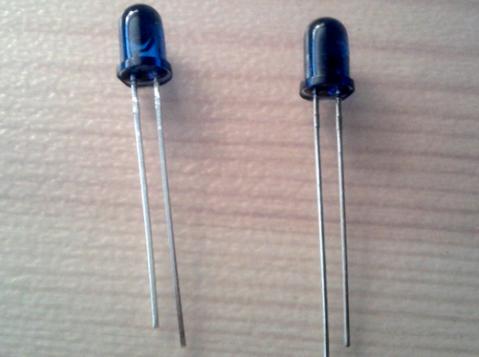
Maximum Reverse Voltage (Vr — Reverse Voltage)
The maximum reverse voltage of an LED, like any LED, is a voltage that, when applied to a pn junction in reverse polarity (when the cathode potential is greater than the anode potential), the crystal breaks down and the LED fails. The larger some LEDs have a maximum reverse voltage of about 5 V. For COB assemblies, even more, and for infrared LEDs, it can be up to 1-2 volts.
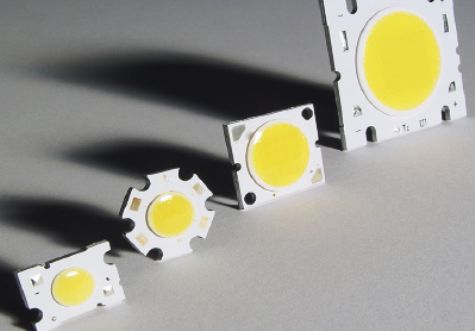
Maximum Power Dissipation (Pd — Total Power Dissipation)
This characteristic is measured at an ambient temperature of 25 ° C. This is the power (often in mW) that the LED housing can still dissipate continuously and will not burn out. It is calculated as the product of the voltage drop by the current flowing through the crystal. If this value is exceeded (the product of voltage and current), very soon the crystal will break, its thermal destruction will occur.
Current-Voltage Characteristic (VAC - Graph)
The nonlinear dependence of the current through the p-n junction on the voltage applied to the junction is called the current-voltage characteristic (abbreviated VAC) of the LED.This dependence is graphically depicted in the datasheet, and from the available graph you can very easily see what current at what voltage will pass through the LED crystal.
The nature of the I — V characteristic depends on the chemical composition of the crystal. The I — V characteristic turns out to be very useful in the design of electronic devices with LEDs, because thanks to it it is possible, without the behavior of practical measurements, to find out what voltage should be applied to the LED in order to obtain a given current. Even with the help of the I — V characteristic, it is possible to more accurately choose a current limiter for the diode.
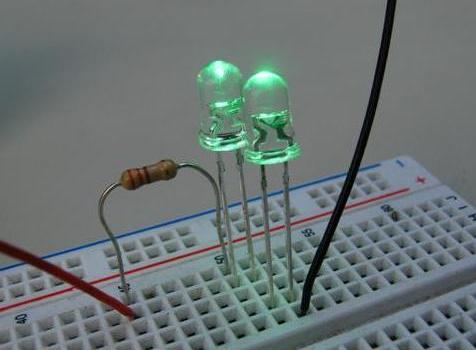
Luminous intensity, luminous flux
Light (optical) parameters of LEDs are measured at the stage of their production, under normal conditions and at the nominal current through the junction. It is assumed that the ambient temperature is 25 ° C, the nominal current is set and the light intensity (in Cd — candela) or luminous flux (in lm — lumen) is measured.
The luminous flux of one lumen is understood as the luminous flux emitted by a point isotropic source with a luminous intensity equal to one candela in a solid angle of one steradian.
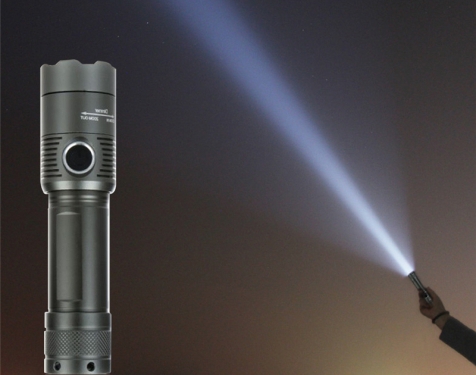 Low-current LEDs are characterized directly by the light intensity, which is indicated in millichannels. A candela is a unit of luminous intensity, and one candela is the luminous intensity in a given direction of a source that emits monochromatic radiation with a frequency of 540 × 1012 Hz, whose luminous intensity in that direction is 1/683 W / av.
Low-current LEDs are characterized directly by the light intensity, which is indicated in millichannels. A candela is a unit of luminous intensity, and one candela is the luminous intensity in a given direction of a source that emits monochromatic radiation with a frequency of 540 × 1012 Hz, whose luminous intensity in that direction is 1/683 W / av.
In other words, light intensity quantifies the intensity of the light flux in a certain direction.The smaller the scattering angle, the greater the light intensity of the LED at the same light flux. For example, ultra-bright LEDs have a light intensity of 10 candelas or more.
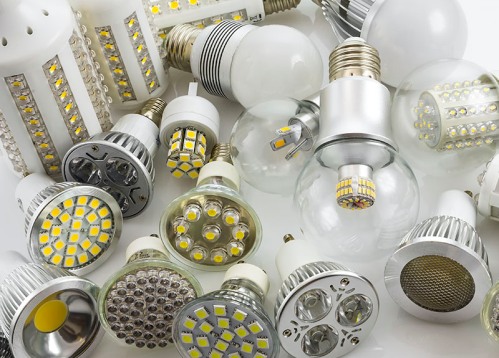
LED scattering angle (angle of view)
This characteristic is often described in LED documentation as "double theta half brightness" and is measured in degrees (deg-degrees-degrees). The name is just that, because the LED usually has a focusing lens and the brightness is not uniform over the entire scattering angle.
In general, this parameter can be in the range from 15 to 140 °. SMD LEDs have a wider angle than lead ones. For example, 120° for an LED in an SMD 3528 package is normal.
Dominant wavelength
Measured in nanometers. It characterizes the color of the light emitted by the LED, which in turn depends on the wavelength and the chemical composition of the semiconductor crystal.
Infrared radiation has a wavelength greater than 760 nm, red — from 610 nm to 760 nm, yellow — from 570 to 590 nm, violet — from 400 to 450 nm, ultraviolet — less than 400 nm. White light is emitted using ultraviolet, violet or blue phosphors.
Color Temperature (CCT - Color Temperature)
This characteristic is specified in the documentation for white LEDs and is measured in Kelvin (K). Cool white (about 6000K), warm white (about 3000K), white (about 4500K) — accurately shows the shade of white light.

Depending on the color temperature, the color rendering will be different, and white is perceived by a person with different color temperatures in different ways. Warm light is more comfortable, better for the home, cold light is more suitable for public spaces.
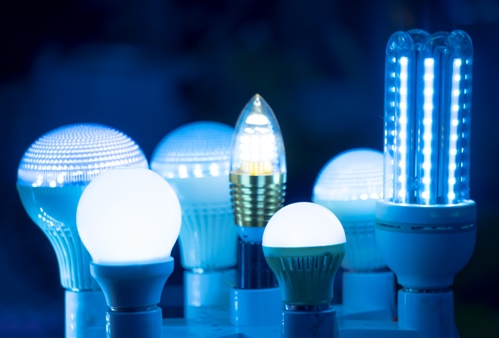
Light efficiency
For LEDs used today for lighting, this characteristic is in the region of 100 lm / W. Powerful models of LED light sources have surpassed compact fluorescent lamps (CFL), reaching 150 lm / W or more. Compared to incandescent lamps, LEDs are more than 5 times better in light efficiency.
Basically, light efficiency numerically indicates how efficient a light source is in terms of energy consumption: how many watts are required to produce a certain amount of light — how many lumens are wattages.
The device and principle of operation of the LED
Why should the LED be connected through a resistor
Prospects for the development of white LED technology
